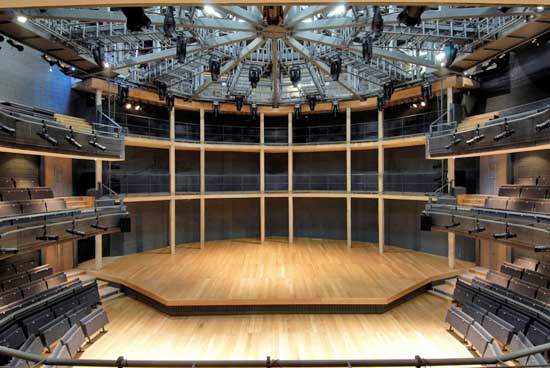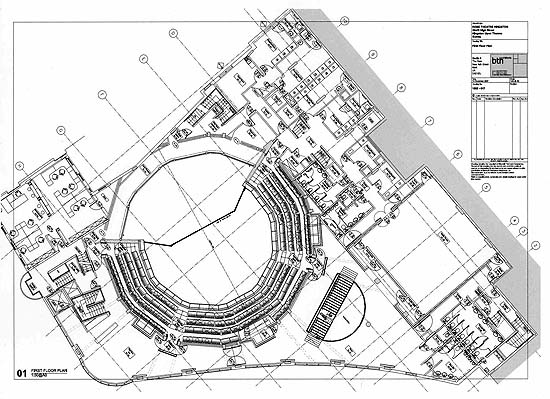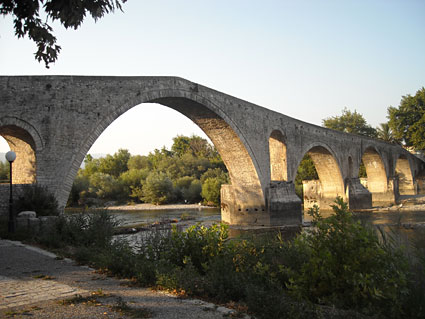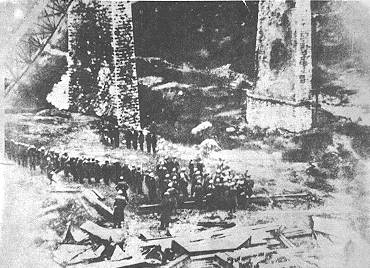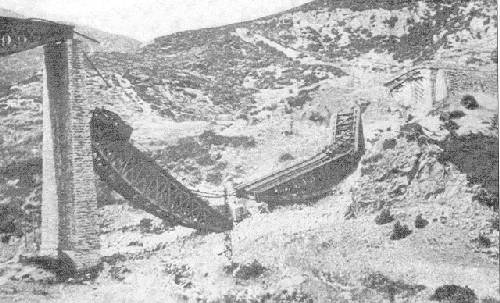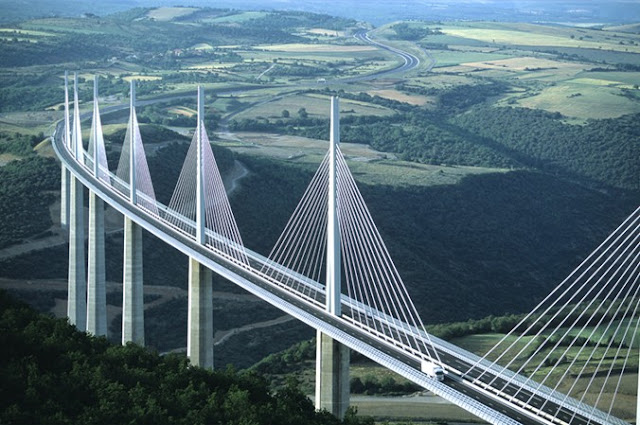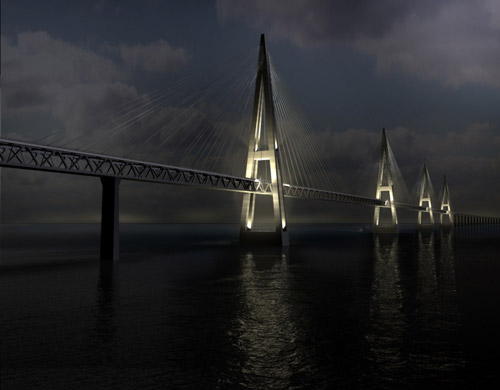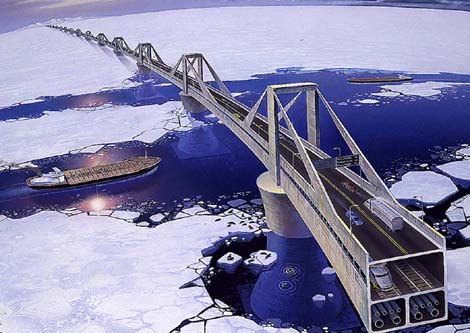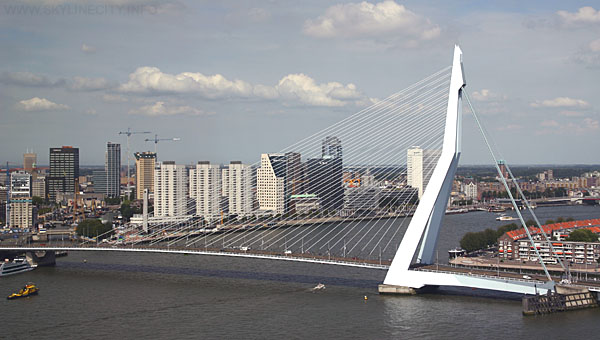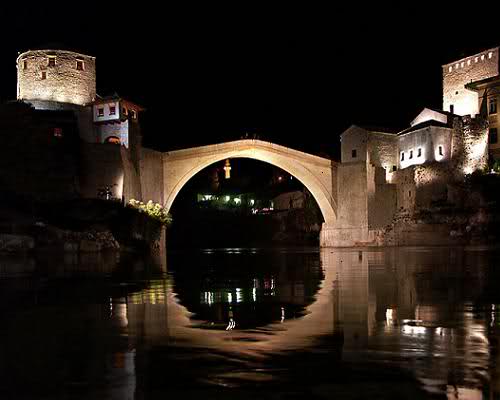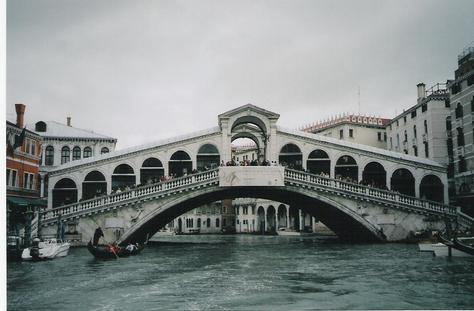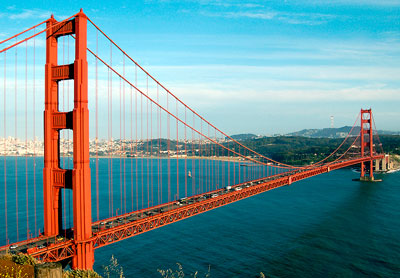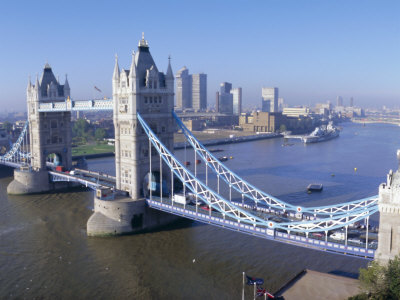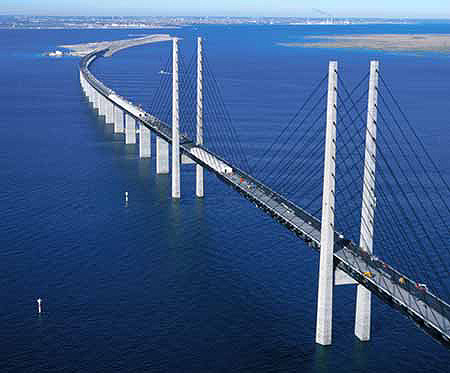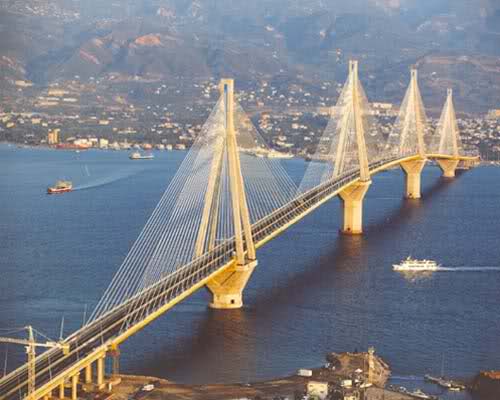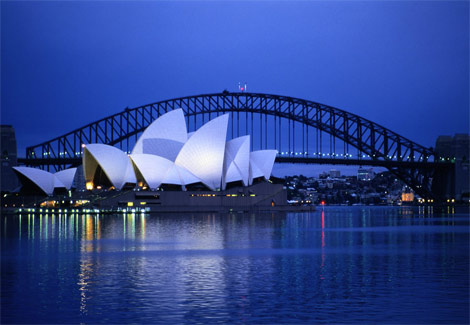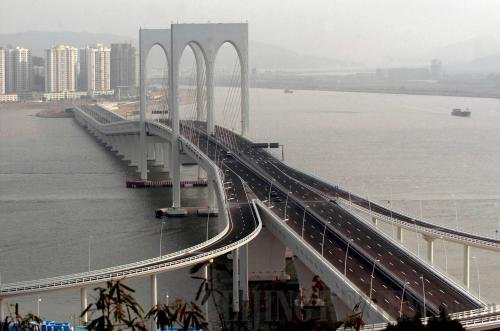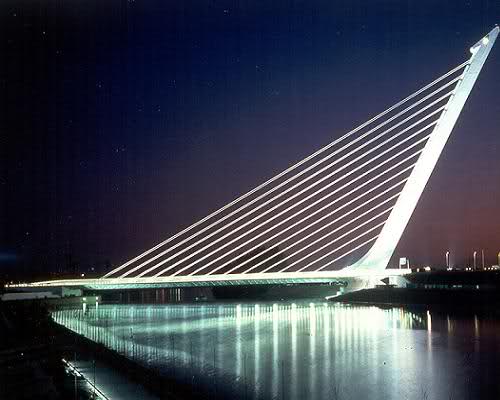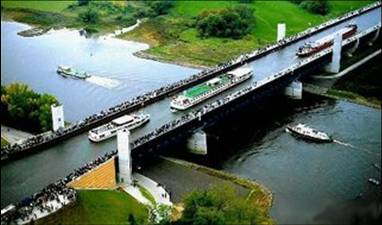Up until now, whenever someone crosses this Bridge, becomes silent and shy as a tribute
to the wife of the Chief Engineer. The legend has it, that her sacrifice made the construction of the Bridge possible, reversing the curse into a wish for the generations to come. The Bridge finally connected the two riversides of Arahthos river. Apart from the physical connection of the river, this Bridge is also what connects Arta with its historical past, its living present and
hopefully its future.
For 2000 years, this achievement of engineering is standing as symbol of resistance, resistance against the water of the river (the water dam that was made up the river to provide the city of Arta with water, resulted with the disclosure of the wooden foundations of the Bridge, thus endangering the stability of the construction), resistance against the occupation powers (Turks, Germans), but also resistance against the Greek bureaucracy, that during the 1930’s, recommended the demolition of the Bridge, as it was no longer considered to be operational!
Despite all these challenges, Arta’s Bridge is still standing, maybe thanks to the wishes of the wife of the Chief Engineer:
‘May the bridge shake, like the wild mountains do
May the pedestrians fall, like the wild birds do’
Of course these are not the first words that this woman spoke. When she realised that the workers and her husband deceived her and send her to look for his wedding ring that was supposed to be at the foundations of the Bridge she said:
‘May the bridge shake, like the rifles do,
May the pedestrians fall, like the leaves of a tree do’
By burying this tragic figure under the foundations of the Bridge, the sacrifice was fulfilled and
the Spirits of the river would allow the workers to successfully build the bridge, connecting the riversides of Arahthos river.
This legend of Arta’s Bridge and the song of this tragic female figure is what made this construction known around the world. This Bridge has always been at the epicentre of artistic production. Paintings, embroideries, engravings on copper sheets, coins and sculptures
which are depicting this Bridge, have given this monument a respectable position
amongstthelegendary Greek Monuments
GORGOPOTAMOS BRIDGE-GREECE 1945
The blasting of the Gorgopotamos bridge was, along with the Norwegian heavy water sabotage in Rjukan, one of the two biggest guerilla acts in occupied Europe. The blowing up of the bridge disrupted the German transportation of ammunition via Greece to Rommel, as it took place the time that the German forces in North Africa, in their retreat after the defeat of El-Alamein, were in absolute necessity of provisions.
The night of September 1942, a small group of British officers parachuted into Greece near Mt. Giona. This group, led by Brigadier Eddie Myers, had to blow up one of the three bridges (Gorgopotamos, Papadia, Asopos) of the railway Germany-Athens, and make the guerilla's groups cooperate. After much deliberation, the Gorgopotamos bridge was chosen due to the difficulty of making repairs to the structure. But, for the mission to succeed, it was important to meet the guerillas. Dimos Karalivanos, an ELAS soldier, was the first guerilla the British found.
At the end of October a second group of British officials was parachuted into the Greek mountains. Their leaders were Themis Marinos and Colonel Chris Woodhouse. Their mission was to locate the guerillas of EDES and their leader Napoleon Zervas, who were friendlier to the British Headquarters of Middle-East than the ELAS, and co-operate with them. The resulting mission was a challenge for the two guerilla's groups, EDES and ELAS. Finally, they agreed to collaborate. British did not prefer the participation of ELAS, because it was a pro-communist group, but the forces of ELAS were larger and more organised. It was believed that without their participation, the mission was likely to be unsuccessful. So, in a rare and unique instance, ELAS and EDES-EOEA joined forces.
At November 14, 12 British saboteurs, the forces of ELAS (150 men) and those of EDES (60-65 men) met in the village Viniani of Evrytania and the operation started. Ten days later, the forces were at Gorgopotamos. The night of November 25, at 23:00h, the guerillas started the attack against the Italian guards to the bridge. The Italians were startled, and after a little resistance , they were defeated. After the defeat of the Italians, the saboteurs set the explosives. ELAS forces also placed ambushes on the routes towards the bridge, to prevent the approach of other Italian troops. The explosion came at 03:00h. Afterwards, the guerilla's forces returned to Viniani, to celebrate the success of the mission.
MILLAU BRIDGE, TARN VALLEY
Millau Bridge: Towering 1,125ft above the Tarn Valley in southern France, driving along the Millau Bridge, the largest cable-stayed vehicular bridge in the world, is said to feel like flying. This Foster + Partners marvel is slightly taller than the Eiffel Tower, took three years to build and opened to the public in 2004. While it may provide picturesque views of the valley below, once the mist descends it is not a route for the faint hearted! The Millau Bridge has a total length of 8,071ft with the longest single span at 1,122ft and a maximum clearance below of 886ft; in short the bridge is massively impressive both on paper and in real life. The deck is lofted on 7 pylons and weighs 36,000 tonnes. A series of 7 masts, each 292ft tall and weighing 700 tonnes, are attached to the corresponding pylons. FEHMARN BELT BRIDGE, BALTIC SEA
Fehmarn Belt Bridge: When completed in 2018 the Fehmarn Belt Bridge will stretch 11.8 miles and connect the German island of Fehmarn with the Danish island of Lolland at an estimated cost of $2.2 billion. Initial plans show the bridge will be constructed with 3 cable-stayed spans each approximately 2,375ft long and supported by four 918ft tall pillars giving 213ft of vertical clearance beneath. The proposed bridge has been controversial with opposition from businesses and conservationists who fear it may damage local wildlife. GATESHEAD MILLENNIUM BRIDGE, GATESHEAD
Gateshead Millennium Bridge: The award winning $44 million Gateshead Millennium Bridge is the first and only tilting bridge in the world. Hydraulic rams at each end of the bridge allow it to tilt so small ships may pass through, and it is this innovative technology which won its designers the prestigious Stirling Prize for architecture in 2002. Thanks to the 19,000 tonnes of concrete poured into 98ft deep foundations and enough steel to build 64 double decker buses, the bridge can withstand a collision with a 4,000 tonne ship moving at 4 knots. BERING STRAITS BRIDGE, BERING STRAITS
Bering Straits Bridge: The proposed Bering Straits bridge will hopefully act as a transcontinental link by land, connecting Asia, Africa and Europe with North and South America. Possible locations for the bridge have been suggested, with Cape Dezhnev, Chukotka, and Cape Prince of Wales, Alaska looking the most likely sources. Some suggestions have called for a series of three bridges spanning over 50 miles in total, although the tough Arctic conditions which make the area so notorious will almost definitely hinder construction and maintenance. ERASMUSBRUG, ROTTERDAM
Erasmusbrug: Nicknamed ‘The Swan’ due to the shape of the pylon supporting it, the Erasmusbrug was completed in 1996 and acts as a link between the north and south of the city of Rotterdam. To allow ships to pass, the southern span boasts a 292ft long bascule bridge, the largest and heaviest if its kind in Europe. Popular for its aesthetic appeal, the bridge featured in the 2005 film ‘Who Am I?’ in which Red Bull Air Race planes flew underneath! Construction of the 2,650ft long, 6,800 tonne Erasmusbrug cost $110 million and was completed in 1996. Soon after opening to road traffic it was discovered that the bridge would sway under high wind and had to be retrofitted with dampeners. STARI MOST, MOSTAR
Stari Most: Commissioned originally by Suleman the Magnificent in 1557, Stari Most connects the two parts of the city of Mostar in Bosnia-Herzegovina, crossing the River Neretva. In 1993, during the Bosnian War, the bridge was destroyed by the Croatian Council of Defence, however its reconstruction was completed in 2004 and the bridge still stands proud today. Popular with locals and tourists alike as a platform to dive from, the bridge is 24m above the river below, 4m wide and 30m long. It is supported by two limestone abutments which connect to wing walls along the water cliffs, each erected to a height of 6.53m. The unusual hump shape of the bridge is claimed to be caused by buckles in the inner arch, allowing for its unique and photogenic appearance.
PONTE VECCHIO, FLORENCE
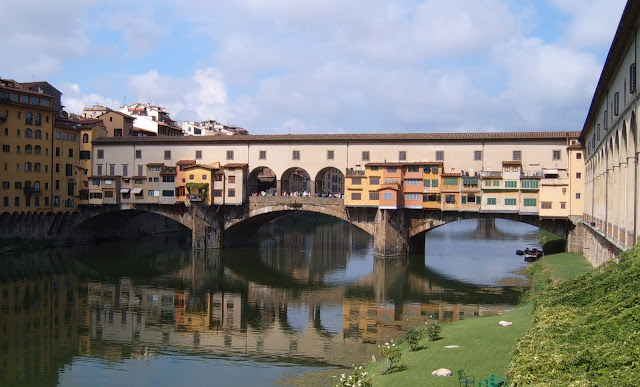
Ponte Vecchio: The Ponte Vecchio in Florence is one of the most famous tourist spots in Italy, and is thought to be the oldest wholly-stone built, segmental arch bridge in Europe, although there are many partial segments which date further back. It was originally built of wood until destroyed by floods in 1333, and twelve years later it was rebuilt using stone. Famous for its lining of shops, the bridge has housed everybody from Medieval merchants and butchers to souvenir stalls and art dealers.
RIALTO , VENICE
Despite the cries of critics saying the bridge was top-heavy, ungraceful and ugly, the Ponte di Rialto (Rialto bridge) has overcome its questionable history to achieve iconic status in a city well known for incredible sights. For centuries, the Rialto Bridge in Venice was the only of its kind to cross the Grand Canal, thus cementing its place as a defining structure during the rise of the city to a world power. Nowadays it stands alongside St. Mark's square as a top Venice attraction, ferrying most every tourist in the city across its stony backside.
The history of the Rialto Bridge began in 1181, when it was merely a series of floating pontoons. Located on the eastern bank of the canal, the Rialto market was one of the main centers for trade in the city, and eventually the number of footsteps across the pontoons wore it down. A wooden bridge dutifully replaced it in 1250. This was only the beginning of the bridge's tenuous history, however, as the Ponte di Rialto burned during a revolution in 1310, before collapsing twice, once in 1444, and again in 1524. Finally, the city decided to rebuild the bridge with stone, finishing in 1591. Even then, one of the leading architects of Venice predicted it was only a matter of time before the stones of the newly constructed Ponte di Rialto crumbled into the Grand Canal. He likened this top Venice attraction to an accident waiting to happen
GOLDEN GATE BRIDGE, SAN FRANCISCO
Golden Gate Bridge: Completed in 1937 as the then longest suspension bridge in the world at a total length of 8,921ft, the Golden Gate Bridge is perhaps the most famous bridge in the world. Situated in San Francisco, the bridge was an enormous construction achievement at the time. It broke safety records as ‘only’ eleven construction workers were killed during construction, 19 others saved by the innovative safety net placed beneath. Photographed by thousands of tourists each year, the distinctive red paint coat is actually officially ‘international orange’, and was originally chosen to enhance visibility during the foggy conditions that are synonymous with the Bay area. The Golden Gate Bridge was brought in $1.3 million under budget at a cost of $27 million, carries 100,000 vehicles on an average day and requires 38 full-time painters for maintenance. 26 people are known to have survived the 4 second, 220ft fall at 75 mph into the strait below. TOWER BRIDGE, LONDON
Tower Bridge: Completed in 1894 and designed by Horace Jones and Wolfe Barry, Tower Bridge (so named after the two, striking, 141ft high towers) is one of the most famous landmarks in London. The 800ft long bridge has a 28ft clearance when closed but raises in the centre to a maximum clearance of 140ft that allows ships to pass down the Thames. Back in the days when goods were moved by sea instead of air the bridge was raised around 50 times daily. Tower Bridge took 432 workers 8 years to build. During that time they sank 70,000 tonnes of concrete into 2 huge piers, lowered 2 counterbalanced bascules into place each weighing 1,000 tonnes and then clad the whole bridge in Portland stone and Cornish granite to disguise the 11,000 tonnes of steel beneath. ORESUND BRIDGE, ORESUND STRAIT
Oresund Bridge : At over 25,000ft long in total and 669ft tall the cable-stayed Oresund was opened in 2000 to connect Denmark and Sweden. The entire bridge weighs in at 82,000 tonnes, has one of the longest cable-stayed spans in the world at 1,608ft and carries 60,000 travellers by car, bus and train per day. Driving from Denmark you first pass through the man made island of Peberholm, disappearing into 13,287ft of undersea tunnel which takes you onto the Oresund Bridge proper before completing the journey into Sweden. Crossing the Oresund Bridge doesn’t come cheap (~$53, single, car) even though there are steep discounts for frequent travellers, which isn’t surprising considering it cost $3.8 billion.
RIO ANTIRIO BRIDGE, GREECE
Rio Antirio Bridge: If ever a construction deserved recognition for the sheer difficulty of the task, the Rio Antirio bridge in Greece must be it. It is impressive in itself that is boasts the second longest cable-stayed deck in the world at 2.252m, beaten only by the Millau viaduct in France, but such an achievement is only enhanced by the conditions placed on the construction. The piers which support the bridge could not be buried in the 65m deep seabed, made up of mostly loose sediment, thus a painstakingly levelled bed of gravel was laid under water to provide something for them to rest on. The risk of seismic activity and tectonic plate movement also had to be taken into account, with the piers able to move laterally underwater in the event of an earthquake allowing the gravel beds to absorb the vast majority of the shock. The parts of the bridge itself are connected using jacks and dampers, allowing for movement of the parts during an earthquake without seriously damaging the bridge structure itself. Opened just in time for the Athens Olympics in 2004, the bridge is perhaps one of the most spectacular of its kind as far as engineering is concerned in the world.
SYDNEY HARBOUR BRIDGE, SYDNEY
Sydney Harbour Bridge, Sydney: Having celebrated its 75th birthday in 2007, the Sydney Harbour Bridge remains the widest long-span bridge in the world at a total length of 3,770ft, carrying rail, pedestrian and vehicular traffic across the harbour. Nicknamed ‘the coat hanger’ due to its arched shape, the bridge is often photographed with the nearby opera house, the pair acting as one of the most iconic images for the city and Australia itself. The longest span measures 1,650ft with the highest point on the arch 429ft above sea level. 800 homes in the area had to be demolished to make way for the bridge, which took 1,400 workers 8 years to build at a cost of about $12 million. Surprisingly (because it wasn’t massively expensive), the bridge was finally paid off in 1998! HONG KONG - ZHUHAI - MACAO BRIDGE, SE ASIA
Hong Kong - Zhuhai - Macao Bridge: The Hong Kong - Zhuhai - Macao Bridge is still at proposal stage, but if it does get a green light the 18 mile dual 3-lane carriageway bridge will reduce road travel times between Hong Kong and Macau from 4.5 hours currently to 40 minutes. It will include the construction of 2 man-made islands connected by an undersea tunnel to facilitate the safe passage of shipping. SAN DIEGO-CORONADO BRIDGE, SAN DIEGO
San Diego-Coronado Bridge: Construction of the vehicle-only San Diego-Coronado Bridge finished in 1969 at a cost of $47.6 million, featuring a 90 degree curve during it’s 11,288ft length. It was built at a maximum height of 200ft to allow vessels to travel underneath; in fact it is tall enough to allow an empty aircraft carrier to pass. It has the unfortunate title of the third most popular suicide bridge in the USA with more than 200 recorded suicides between 1972 and 2000, behind the Golden Gate in San Francisco and the Aurora bridge in Seattle. It costs $1 nothing to use the bridge, which raised $8 million in revenue per annum when the (now defunct) toll booths were in operation. Oddly enough, a man who survived the 200 foot drop into San Diego Bay after he jumped holding a captured Belgian Malinois police dog (that was presumably chasing him) is now being held in lieu of $1 million bail and pleading not guilty to harming the animal!
PUENTE DEL ALAMILLO, SEVILLE
Puente del Alamillo: Easiest translated into English as ‘The Alamillo Bridge’, Puente del Alamillo crosses the Canal de Alfonso XIII in Seville, and was built to provide access to La Cartuja island, the site of the World’s Fair in 1992. Designed by Spanish architect Santiago Calatrava, the bridge is noted for its striking design, a huge pylon which, with the aid of 13 connecting cables, counterbalances the 200m main bridge span.
The bridge is renowned for looking particularly spectacular at night time when lit up, and is supposed to represent the ësoaring aspirations’ of the city itself. Originally, the bridge was designed as half of a pair, the symmetrical reproduction of the current construction to go at the other end of the island. However, designers decided the current one pylon construction was more spectacular aesthetically, and the sister bridge was abandoned.
MAGDEBURG WATER BRIDGE, MAGDEBURG
Magdeburg Water Bridge: One of the most distinctively designed bridge on the list, the Magdeburg Water Bridge is exactly what its name suggests; a bridge made over water. It was built to connect the Elbe-Havel Canal and the Mittellandkanal, allowing cargo to travel between Berlin and the ports along the River Rhine without a tedious 7.5 mile detour. It does in fact actually cross the River Elbe! It took 6 years, $733 million, 68,000 cubic meters of concrete and 24,000 tonnes of structural steel to construct the 3,010ft long bridge.
continued ......Bridges From Around The World 2 